Do electric guitars need amps? The short answer is yes, they do. An amp is essential for getting the full sound and potential out of your electric guitar.
When you plug your electric guitar into an amp, you’ll be able to unleash the full range of sounds and tones that your guitar is capable of producing. Without an amp, your guitar will sound quiet and dull, and you won’t be able to achieve the same level of volume, distortion, or effects that you would with an amp. While it’s possible to play an electric guitar without an amp, it’s not recommended if you’re serious about developing your skills and creating high-quality music.
There are a variety of amps available on the market, ranging from small practice amps to large, high-powered amps for live performances. Depending on your needs and budget, you can find an amp that suits your style and preferences. In the next sections, we’ll dive deeper into the reasons why electric guitars need amps and provide some tips for choosing the right amp for your needs.
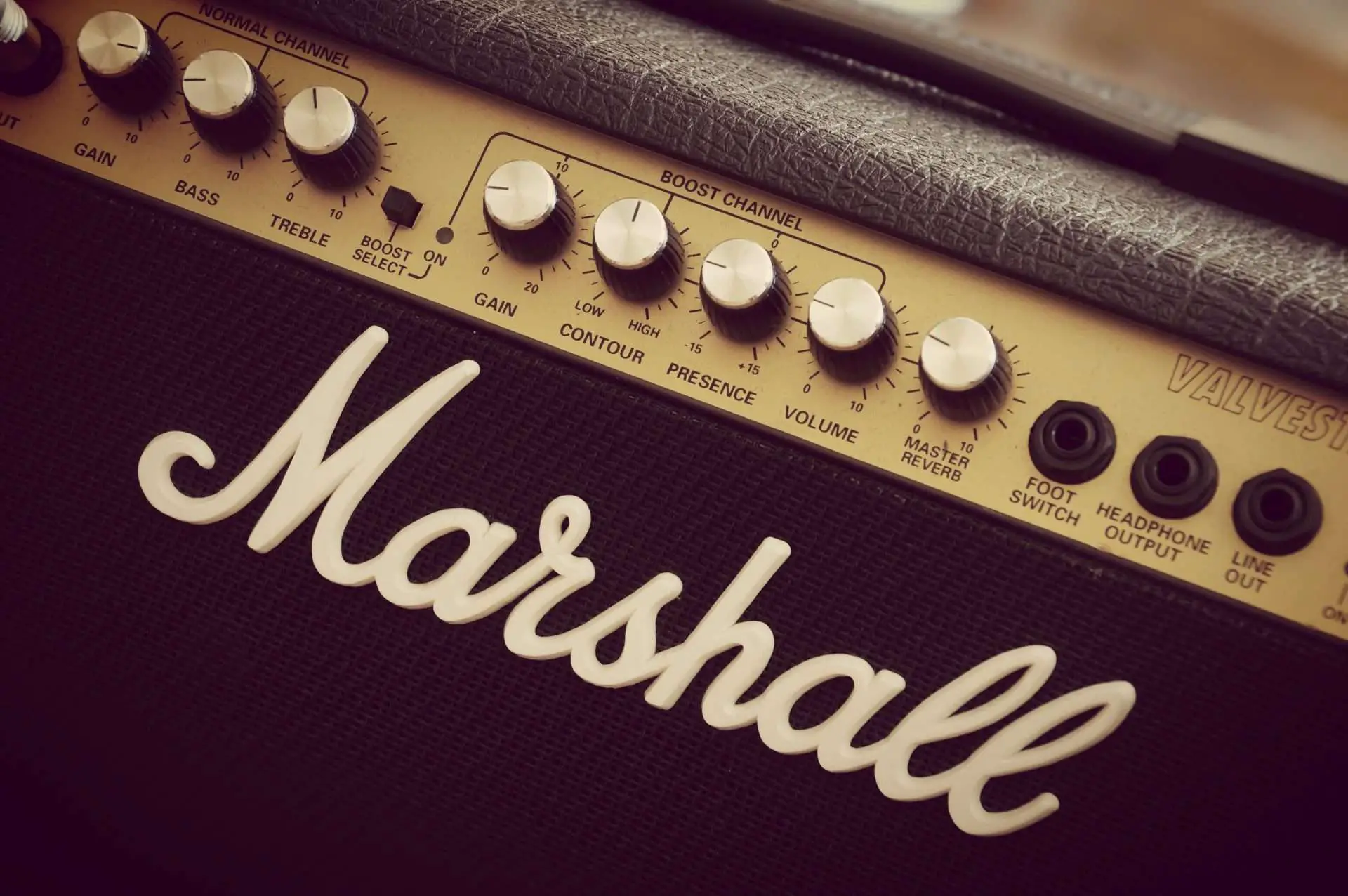
Understanding Electric Guitars
Understanding the mechanics of electric guitars can help you to choose the right equipment and make the most of your instrument. Whether you’re a beginner or an experienced player, taking the time to learn about the unique characteristics of electric guitars can help you to produce the best possible sound.
Electric guitars are a popular choice for many musicians due to their versatility and unique sound. Unlike acoustic guitars, electric guitars require an amplifier to produce sound. This is because electric guitars do not produce sound through the vibration of the strings alone, but rather through the use of magnetic pickups and electromagnetic induction.
When you pluck a string on an electric guitar, the vibration of the string creates a magnetic field that is picked up by the guitar’s pickups. The pickups then convert this magnetic field into an electrical signal that is sent to the amplifier. The amplifier then amplifies this signal and sends it out through the speakers, producing the sound that you hear.
The bridge of an electric guitar also plays an important role in the sound that it produces. The bridge is the part of the guitar that anchors the strings and helps to transfer their vibrations to the pickups. Different types of bridges can produce different sounds, so it’s important to choose a bridge that suits your playing style and the sound that you’re looking for.
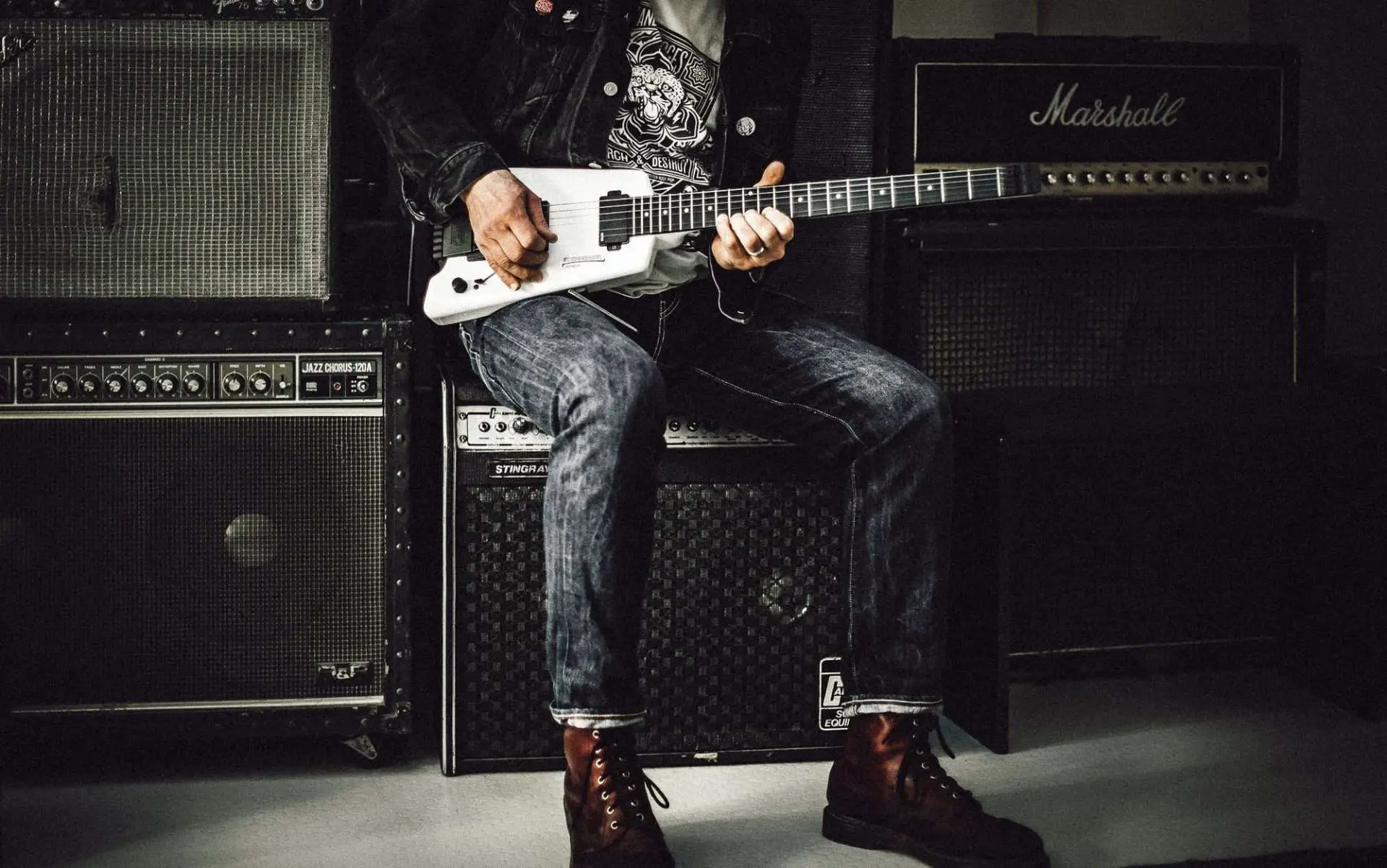
Why Electric Guitars Need Amplifiers
An amplifier is an electronic device that takes the weak electric signal produced by the pickups on an electric guitar and amplifies it so that it can be heard through a speaker. Without an amplifier, the sound of an electric guitar would be barely audible. Amplifiers come in all shapes and sizes, from small practice amps to massive, high-powered rigs used by professional musicians.
The sound of an electric guitar is shaped by a variety of factors, including the type of guitar, the pickups, and the strings. However, the amplifier plays a significant role in shaping the tone and character of the sound. Amplifiers can add distortion, reverb, and other effects to the sound of an electric guitar, giving players a wide range of tonal options.
In addition to shaping the sound of an electric guitar, amplifiers also play a crucial role in controlling the volume of the instrument. Without an amplifier, it would be challenging to play an electric guitar at a volume that is audible over other instruments in a band setting. Amplifiers also allow players to adjust the tone and volume of their instrument to match the style of music they’re playing.
Amplifiers typically consist of two main components: the preamp and the power amp. The preamp is responsible for shaping the tone of the electric signal, while the power amp boosts the signal to a level that can drive a speaker. Some amplifiers also include built-in effects, such as distortion or reverb.
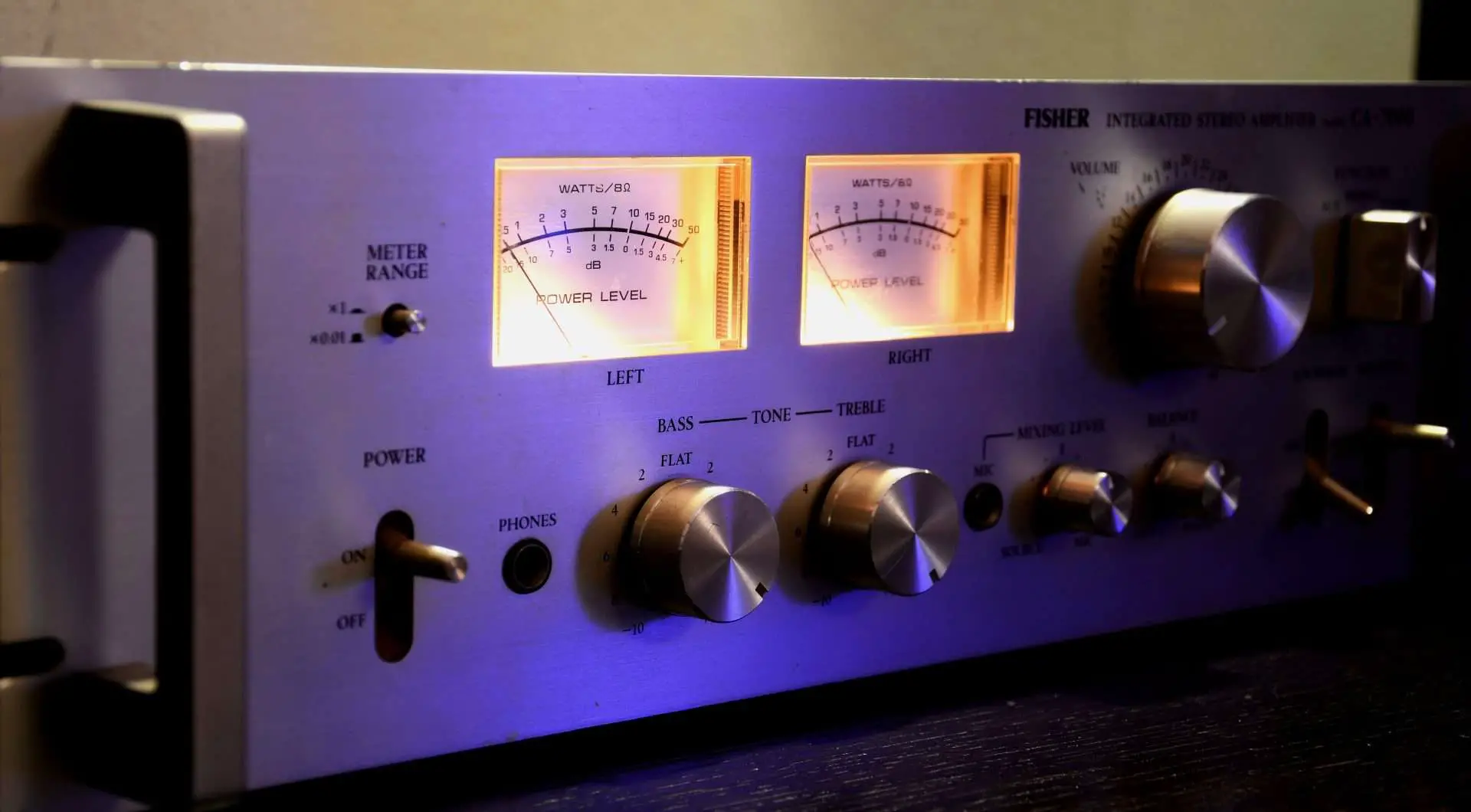
Types of Amplifiers
When it comes to electric guitar amplifiers, there are three main types to choose from: tube, solid-state, and modeling. Each type of amplifier has its own unique characteristics and benefits, so it’s important to understand the differences between them in order to make an informed decision about which one is right for you.
Tube Amplifiers
Tube amplifiers are the oldest and most traditional type of guitar amplifier. They use vacuum tubes to amplify the signal from the guitar, which results in a warm, natural tone that is highly sought after by many guitarists. Tube amps are also known for their dynamic response, which means that they are very responsive to changes in playing style and volume.
One downside of tube amps is that they are generally more expensive than other types of amplifiers. They are also heavier and require more maintenance, as the tubes need to be replaced periodically. However, many guitarists feel that the superior tone and responsiveness of tube amps are well worth the extra cost and effort.
Solid State Amplifiers
Solid-state amplifiers use transistors and other electronic components to amplify the signal from the guitar. They are generally less expensive than tube amps and are also more reliable and easier to maintain. Solid-state amps are also lighter and more portable than tube amps, which makes them a popular choice for gigging musicians.
One downside of solid-state amps is that they can sometimes sound harsh or artificial, especially at high volumes. However, many modern solid-state amps are designed to emulate the warm, natural tone of tube amps, so this is becoming less of an issue.
Modeling Amplifiers
Modeling amplifiers, also known as amp sims, use digital technology to simulate the sound of different types of amplifiers. They can emulate the sound of tube amps, solid-state amps, and even vintage amps from the 1950s and 60s. Modeling amps are very versatile and can produce a wide range of tones, which makes them a popular choice for recording and home practice.
One downside of modeling amps is that they can sometimes sound artificial or sterile, especially when compared to the warmth and character of a real tube amp. However, many modern modeling amps are designed to sound very close to the real thing.
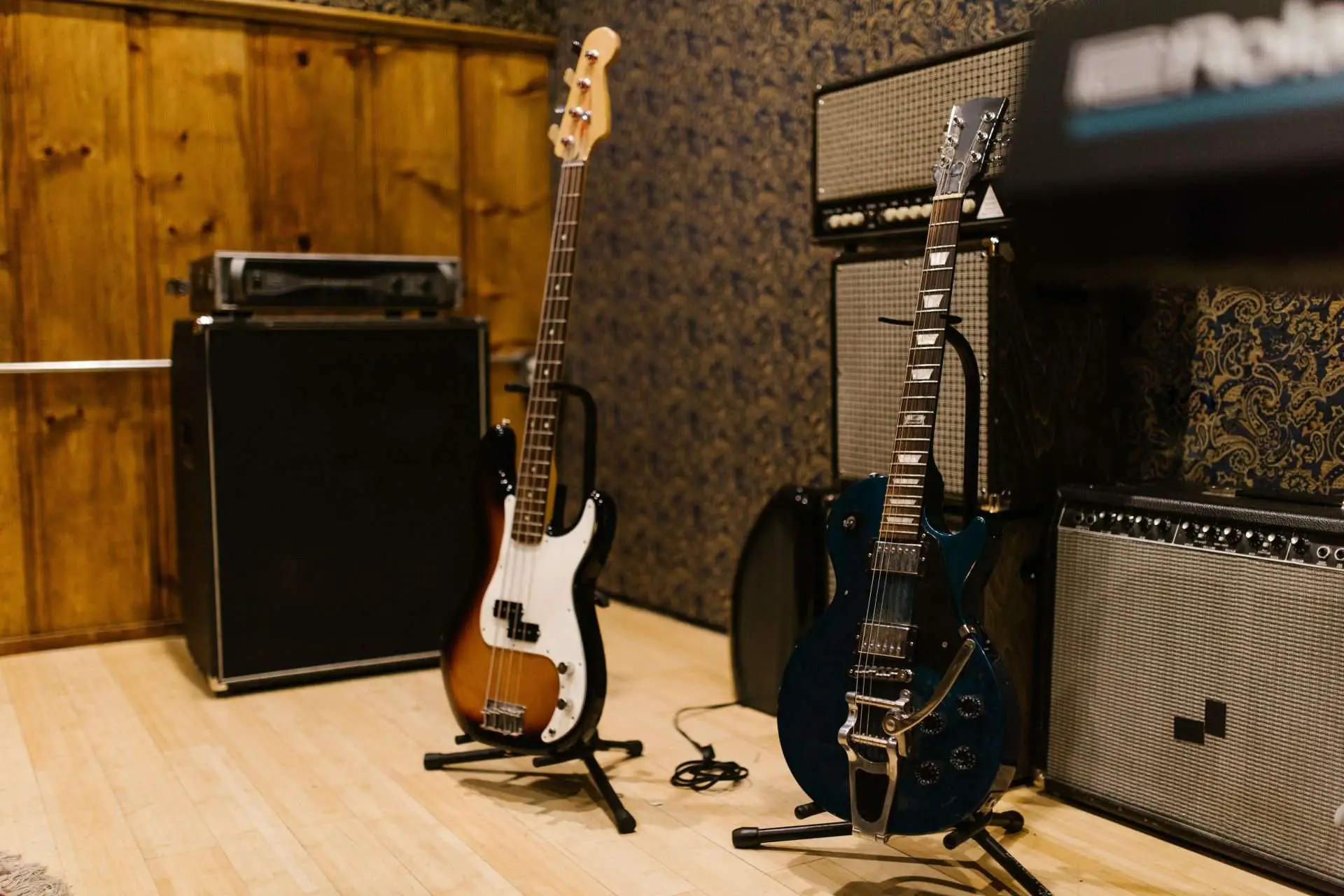
Guitar Pickups and Amplifiers
When you play an electric guitar, the sound is produced by the guitar pickups. These pickups are small devices that detect the vibrations of the strings and convert them into an electric signal. The electric signal is then sent through a cable to the output jack on the guitar.
However, the electric signal produced by the pickups is very weak and cannot be heard without an amplifier. The amplifier takes the weak electric signal and amplifies it so that it can be heard through a speaker. The amplifier also adds various effects to the sound, such as distortion, reverb, and chorus.
When you plug your guitar into an amplifier, you need to make sure that the amplifier is set up correctly. You will need to adjust the volume, tone, and gain controls on the amplifier to get the sound that you want. The volume control adjusts the overall volume of the sound, while the tone control adjusts the balance between the high and low frequencies. The gain control adjusts the amount of distortion in the sound.
It is important to note that the quality of the amplifier can have a significant impact on the sound of your guitar. A high-quality amplifier will produce a clear, crisp sound with minimal distortion, while a low-quality amplifier may produce a muddy, distorted sound.
In conclusion, while the guitar pickups produce electric signals, an amplifier is necessary to amplify the signal and produce a sound that can be heard through a speaker. Make sure to properly adjust the controls on your amplifier and invest in a high-quality amplifier to achieve the best sound possible.
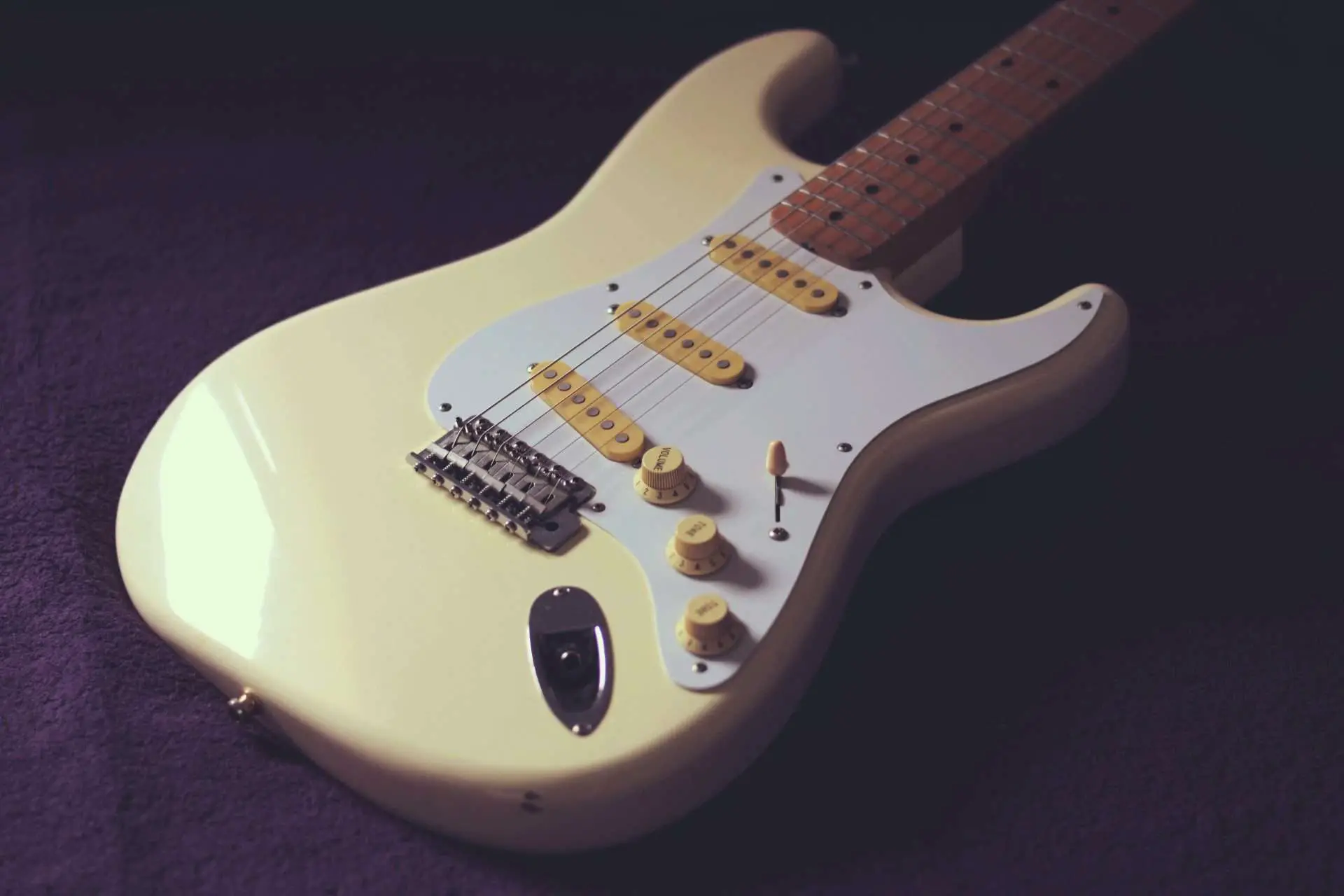
Guitar Effects
One of the most popular sound effects is reverb. Reverb gives your sound a sense of space and depth. It’s like playing in a large room with natural acoustics. Many amplifiers have built-in reverb effects, but you can also achieve this effect with a separate reverb pedal.
Another popular sound effect is distortion or overdrive. This effect adds a gritty, raw edge to your sound. It’s commonly used in rock and metal music, but can be used in any genre. Many amplifiers have built-in distortion or overdrive effects, but you can also achieve this effect with a separate distortion or overdrive pedal.
Effects pedals are another way to achieve a variety of sound effects. There are countless pedals available, each with its own unique sound. Some popular effects pedals include delay, chorus, and wah-wah. These pedals can be used in combination with your amplifier’s built-in effects or on their own.
If you want even more versatility, consider a multi-effects pedal. These pedals combine multiple effects into one unit, allowing you to create a wide range of sounds with just one pedal. They can be a bit more expensive than individual pedals, but they can save you money in the long run.
Finally, if you want to use multiple effects pedals, you’ll need to use an effects loop. An effects loop allows you to connect your pedals directly to your amplifier’s preamp section, rather than going through the amplifier’s built-in effects. This can help maintain the integrity of your sound and prevent any unwanted noise or interference.

The Impact of Amplifiers on Tone
When it comes to electric guitars, the amplifier plays a crucial role in shaping your tone. It takes the sound of your guitar and amplifies it to create a unique sound that is all your own. Without an amplifier, your guitar’s sound would be barely audible, even if you played it at maximum volume.
Amplifiers have a significant impact on the tone of your guitar. They help shape the sound by adjusting the frequency response, mid-range, and treble. The equalizer on an amplifier allows you to fine-tune your sound by adjusting the bass, mid, and treble frequencies to your liking.
The mid-range is an essential part of your guitar tone, and the amplifier can help you adjust it to your liking. The mid-range is where your guitar’s sound sits in the mix, and by adjusting it, you can make your guitar stand out or blend in with the other instruments.
The frequency response of an amplifier is also crucial in shaping your guitar’s tone. Different amplifiers have different frequency responses, and some are better suited for certain genres of music than others. For example, a metal guitarist might prefer an amplifier with a high-frequency response, while a blues guitarist might prefer an amplifier with a warmer, more rounded sound.
One of the most significant benefits of an amplifier is the ability to create a clean tone. A clean tone is a clear, undistorted sound that is perfect for playing rhythms or lead lines. By adjusting the gain on your amplifier, you can create a clean tone that is perfect for your playing style.
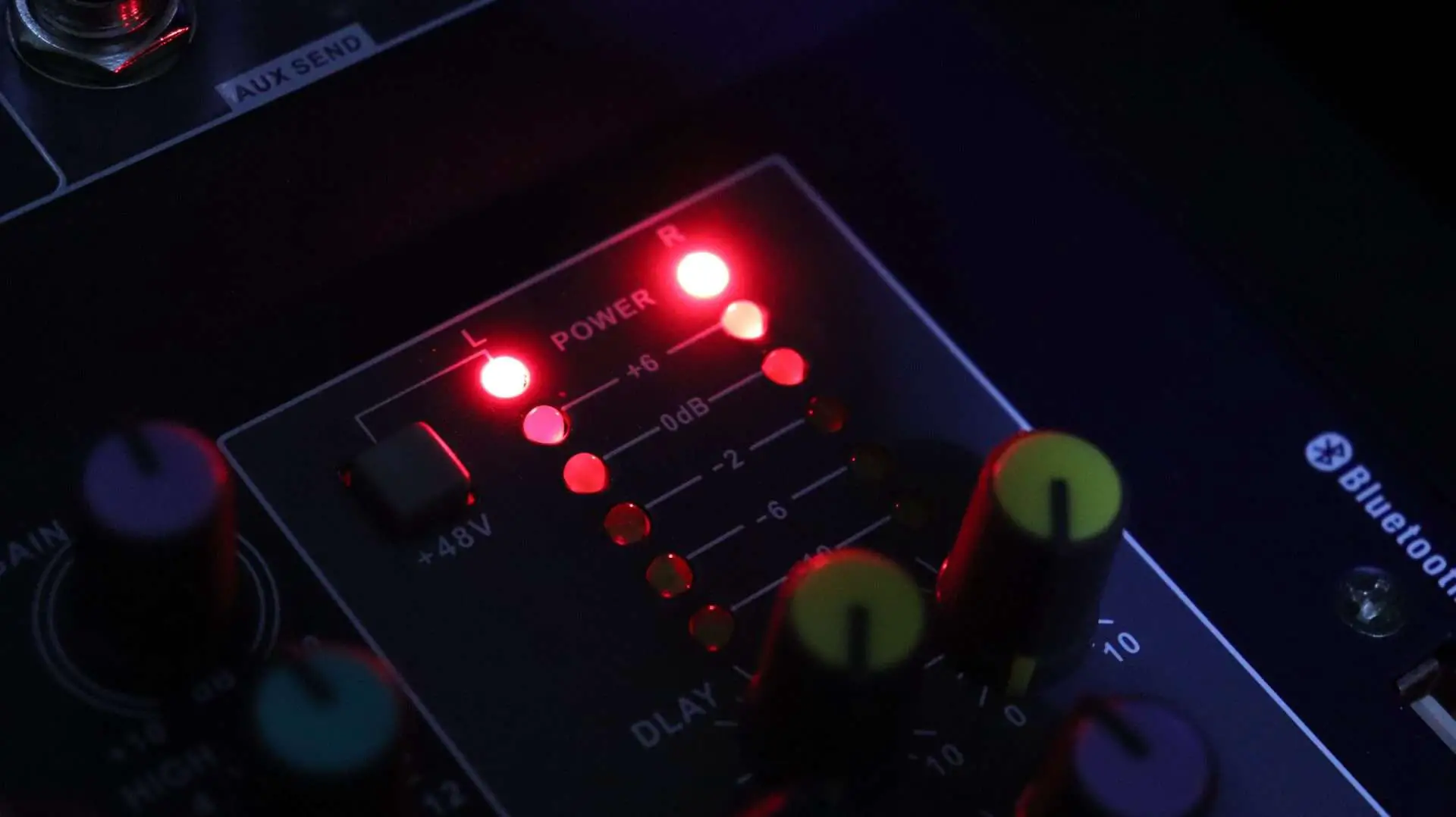
Alternatives to Amplifiers
If you’re looking for alternatives to traditional guitar amplifiers, there are several options available to you. Here are a few alternatives to consider:
Headphone Amplifiers
One option for playing electric guitar without an amplifier is to use a headphone amplifier. These devices plug directly into your guitar and allow you to listen to your playing through headphones. Headphone amplifiers are compact and portable, making them a great option for practicing in small spaces or on the go. Some popular headphone amplifiers include the Vox amPlug and the iRig HD 2.
Amplifier Simulators
Another option is to use an amplifier simulator. These devices mimic the sound of a guitar amplifier, allowing you to play through headphones or a speaker system. Amplifier simulators come in a variety of formats, including standalone units, software plugins, and smartphone apps. Some popular amplifier simulators include the Line 6 Helix, the Bias FX software, and the Amplitube app.
Smartphone Apps
Finally, you can also use smartphone apps to play electric guitar without an amplifier. There are several apps available that allow you to plug your guitar directly into your phone and use it as an amplifier. Some popular guitar apps include Amplitube, Tonebridge, and Bias FX Mobile.
No matter which alternative you choose, it’s important to keep in mind that the sound quality may not be as good as a traditional amplifier. However, these options are great for practicing in small spaces, recording demos, or playing quietly without disturbing others.
Choosing the Right Amplifier
When it comes to choosing the right amplifier for your electric guitar, there are a few things to consider. The type of musician you are and the type of music you play will play a big role in determining the type of amplifier that is right for you. Here are some factors to consider when choosing an amplifier:
Related: How To Learn Music Theory On Your Own
Amplifier Type
There are several types of amplifiers to choose from, including tube, solid-state, hybrid, and digital. Each type has its own unique sound and characteristics. Tube amps are known for their warm and natural tone, while solid-state amps are known for their reliability and affordability. Hybrid amps combine the best of both worlds, while digital amps offer a wide range of effects and modeling options.
Related: Is Acoustic Guitar Harder Than Electric?
Wattage
The wattage of an amplifier refers to the amount of power it can produce. The higher the wattage, the louder the amplifier can go. If you plan on playing in a band or performing live, you’ll want an amplifier with enough wattage to compete with the other instruments. However, if you’re just playing at home, a lower wattage amplifier may be sufficient.
Related: How Do Guitar Pedals Work?
Speaker Size
The size of the speaker in your amplifier can also affect the sound. Larger speakers tend to produce a fuller, more bass-heavy sound, while smaller speakers are more focused on the mid and high frequencies. Consider the type of music you play and the sound you’re going for when choosing the size of your speaker.
Related: Do Electric Guitars Need Humidifiers?
Additional Features
Some amplifiers come with additional features such as built-in effects, EQ controls, and headphone jacks. These features can be useful depending on your needs as a musician. For example, if you plan on practicing at home, a headphone jack can be a great feature to have.
Related: What Is A Song Structure?
Compatibility
It’s important to make sure your amplifier is compatible with your other equipment. If you’re using a bass guitar, you’ll want an amplifier that is specifically designed for bass. If you plan on using your amplifier with a stereo system or home stereo system, make sure it has the necessary inputs and outputs.
Overall, choosing the right amplifier for your electric guitar is an important decision that can greatly affect your sound. Consider your needs as a musician and the type of music you play when making your decision.
Conclusion
It is safe to say that electric guitars do need amps to produce the desired sound. While it is technically possible to play an electric guitar without an amp, the sound will be extremely quiet, even quieter than an acoustic guitar.
An amplifier is essential to maximize your electric guitar’s potential and bring out its oomph factor. It takes the voice of the guitar and transforms it into something unique. Therefore, it makes sense to give serious thought to what you want from an amplifier when buying a new guitar amp.
There are different ways that you can use your guitar without an amp, such as plugging it into a computer or using a headphone amp. However, these methods may not produce the same sound quality as a dedicated amplifier.
While it is technically possible to play an electric guitar without an amp, it is not recommended if you want to produce the best sound quality. Investing in a good amplifier is essential for any serious electric guitar player.
Related: What Are The Three Types Of Guitar?
